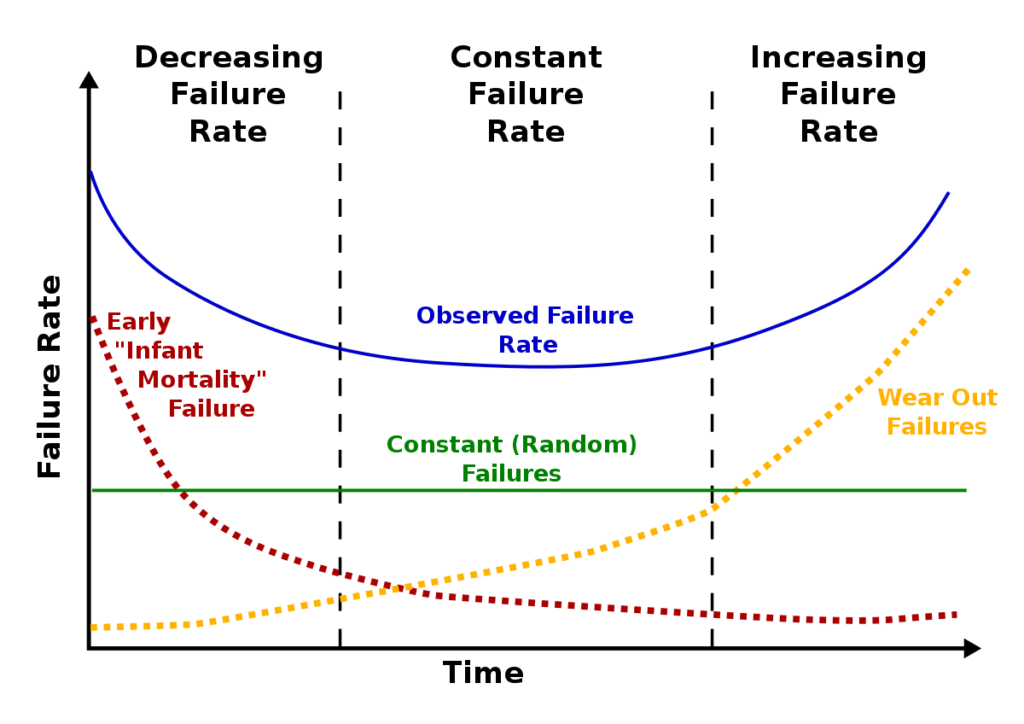RudyP
Cleared for Takeoff
Really. Why did they make it worse?
Were the earlier models (say 15 years ago) worse?
They made it bigger 65 ft (vs 55ft) to enable a gross weight increase and a slower vertical descent under canopy (resulting in a softer landing). Physics made the deployment sequence a bit longer thus the extra 120 ft. Whether it is worse or not depends on how you value gross weight, slower descent rate and min deployment altitude trade offs.
There were no changes from the first serial number until the G5 so the earlier ones were not 'worse'

